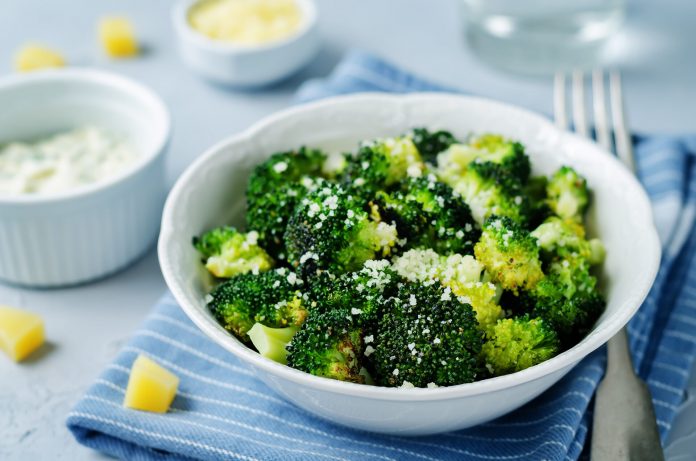There are other ways besides milk to get calcium in your diet.
If you can’t stomach dairy products but are concerned about your calcium intake, stop worrying. Milk and cheese aren’t the only calcium-rich foods.
Here’s what else you can toss in your shopping cart to get your daily calcium requirement (1000 milligrams for adults ages 19 to 50):
- Smear some almond butter on your toast. Two tablespoons contain 111 milligrams of calcium.
- A half cup of amaranth, an ancient, cholesterol-lowering whole grain used to make cereals, breads, muffins, crackers and pancakes, contains 135 milligrams of calcium.
- One stalk of raw broccoli contains 115 milligrams of calcium.
- There’s more calcium in a cup of collard greens (350 milligrams) than in a cup of milk (300 milligrams).
- Stock up on dried figs. One dried fig has 13 milligrams of calcium; a cup of the dried fruit provides 300 milligrams.
- One cup of kale, the dark, leafy green superfood on everyone’s dance card these days, provides 111 milligrams of calcium.
- Need a different side dish? Give navy beans a try. A half cup of these beige-colored beans provides 63 milligrams of calcium.
- Satisfy 130 milligrams of your calcium requirement with two tablespoons of tahini (sesame seed paste).
- A half cup of cooked soybeans is worth 130 milligrams of calcium.
- One cup of cooked spinach contains 240 milligrams of calcium. If you’re like us, you down two or three cups of Popeye’s favorite veggie in one sitting, which means you could rack up half your day’s calcium needs at one meal.
- One can of sardines, small, whole fish preserved in oil or water, loads you up with calcium—35 percent of your daily recommended value, in fact. That can of sardines also contains 23 grams of protein, 15 percent of your daily recommended value of iron and 44 percent of the vitamin D you should have each day, which you need to help your body absorb the calcium.






